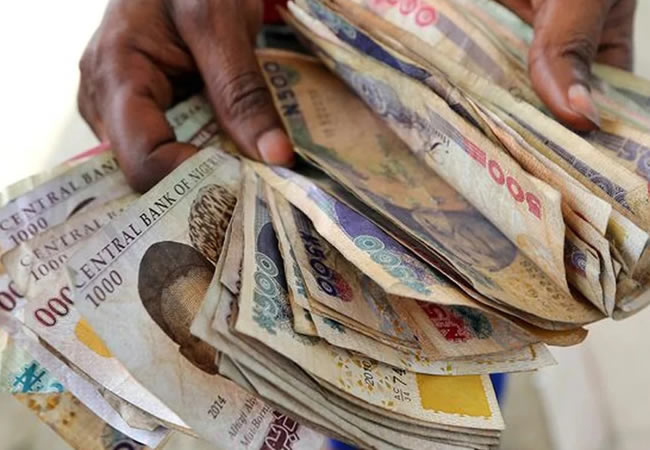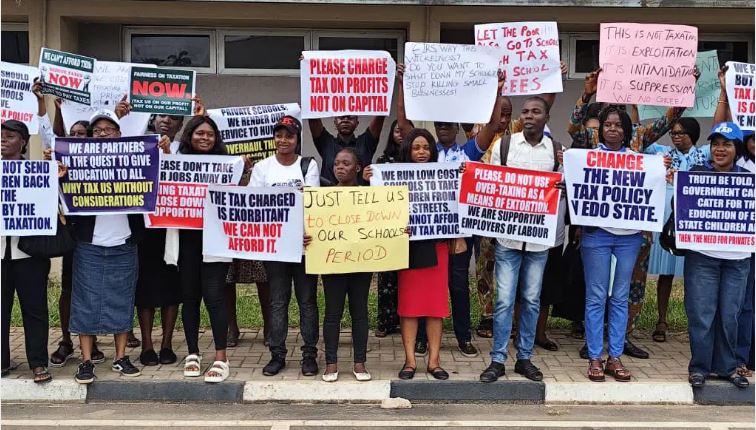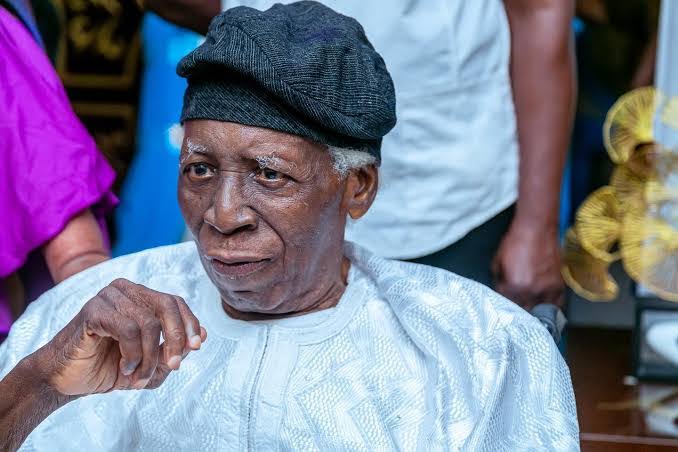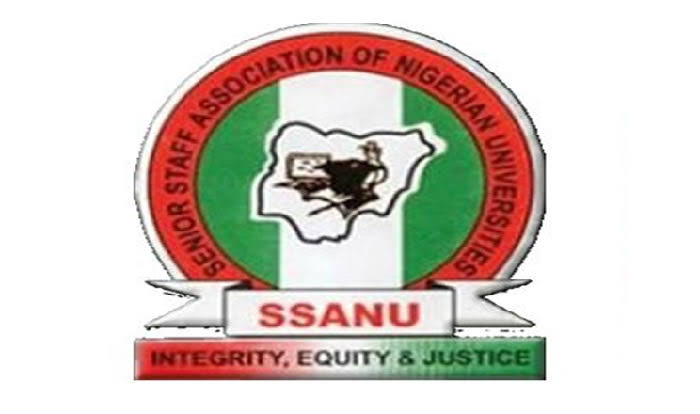While many African currencies face the hurdles of inflation, fluctuating commodity prices, and political instability, several African currencies have consistently shown stability and strength over time. The strongest currencies in Africa not only facilitate trade and investment within Africa but also enable the continent to engage competitively on the global stage.
1. Libyan Dinar (LYD)
The Libyan Dinar (LYD) is the official currency of Libya. It’s usually called “jenh” or “jni.”Before the Dinar, Libya used the Libyan Pound, which was introduced in 1951. The Libyan Dinar which later became the official currency was introduced in 1971, replacing the Libyan Pound at par. Libya has gone through the experience of using different currencies such as Algerian franc, Egyptian pound and Italian lira. These currencies were all used at different times in Libya before the country’s independence. After Libya became independent in 1951, Libyan pound was introduced then changed to LYD in 1971, after establishing a central bank. Currently, 1 US dollar is 4.8 in Libyan Dinar.
2. Tunisian Dinar (TND)
The Tunisian Dinar (TND) is the official currency of Tunisia. Before the Dinar, Tunisia used the Tunisian Franc, which was in use since the French colonial period. The Tunisian Dinar was introduced in 1960, replacing the French Franc.TND has now become the strongest and one of the most reliable currencies in Africa. A dollar equals 3.1 in Tunisian dinar.
3. Ghanaian Cedi (GHS)
The Ghanaian Cedi (GHS) is the official currency of Ghana. The word “cedi” means cowry shell in Akan. The current Cedi was introduced in 2007, following a revaluation. Ghana has used several iterations of the Cedi since independence, with the latest being a revalued version to combat inflation. Despite numerous losses due to inflation, GHC is still one of the strongest currencies in Africa. A dollar equals 15.5 GHC.
4. Moroccan Dirham (MAD)
Dirham” is a word derived from an ancient Greek currency called the “drachma”. The Moroccan Dirham (MAD) is the official currency of Morocco. The Dirham was introduced in 1960, replacing the Moroccan Franc which was introduced during the French colonial period. Morocco’s strong tourism industry and export markets contribute to the stability of the Dirham.
5. Botswana Pula (BWP)
The Botswana Pula (BWP) is the official currency of Botswana. “Pula” means “blessing” or “rain” — it is very significant because of the scarcity of rain in Botswana. The Pula was introduced in 1976, replacing the South African Rand. In its early years, it was pegged with U.S dollars; P1 to 1.15 dollars. Currently, a dollar in Pula is 13.6. Botswana’s economy is stable, thanks to diamond mining and prudent fiscal policies.
6. Seychellois Rupee (SCR)
The Seychellois Rupee was introduced in 1914, replacing the Indian Rupee. The Seychellois Rupee (SCR) is the official currency of Seychelles, a country located in East Africa. Seychelles used the Indian Rupee during the colonial period before adopting its own currency. 1 U.S dollar now is about 13.9 rupees.
7. South African Rand (ZAR)
The Rand was introduced in 1961, replacing the South African Pound. The South African Rand (ZAR) is the official currency of South Africa. “Rand” is a word derived from “Witwatersrand” meaning, “white waters ridge.” Majority of of South Africa’s gold deposits is located in this ridge. The South African Pound was used before the Rand, during the British colonial period. A dollar to Zar is presently 18.2.
8. Zambian Kwacha (ZMW)
Kwacha is a Nyanja language that means “dawn.” Zambia was formerly called “Rhodesia”. The Zambian Kwacha (ZMW) is the official currency of Zambia. The Kwacha was introduced in 1968, replacing the Zambian Pound. Zambia used the Zambian Pound after independence before adopting the Kwacha.
9. Egyptian Pound (EGP)
The Egyptian Pound (EGP) is the official currency of Egypt. The Egyptian Pound was introduced in 1834, replacing the Egyptian Piastre. Before the Pound, Egypt used the Piastre as its primary currency.The EGP was once tied with the British pound, then to U.S dollars. In 2016, the money was floated so that Egypt could receive funding from the International Monetary Fund (IMF). Currently, 1 USD is 48.5 in EGP.
10. Eritrean Nakfa (ERN)
The Eritrean Nakfa (ERN) is the official currency of Eritrea. The Nakfa was introduced in 1997, replacing the Ethiopian Birr. Eritrea used the Ethiopian Birr before gaining independence and introducing its own currency. It replaced Ethiopian birr in 1997. But now it is matched with the U.S dollars at a fixed rate of 1 dollar to ERN 15. At some point the government noticed that there was a lot counterfeit notes by human traffickers. Therefore, banknotes were redesigned and the old currency ceased to be a legal tender in 2016. The recent notes were designed by Clarence Holbert and printed by a German printer, Giesecke & Devrient.














